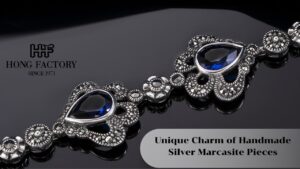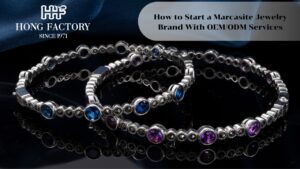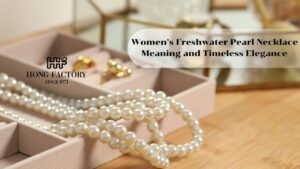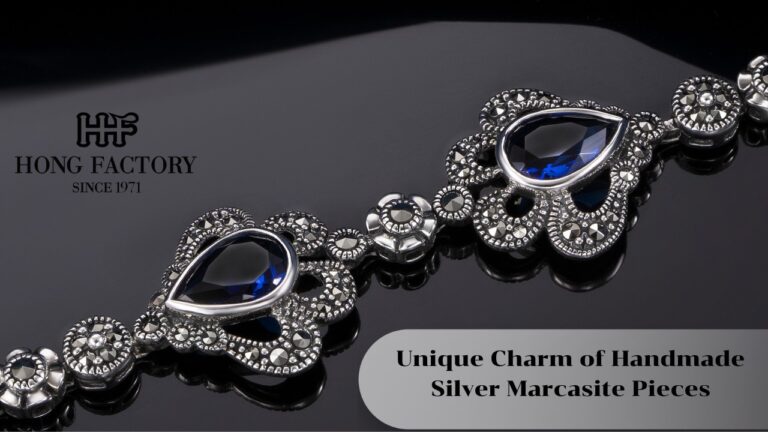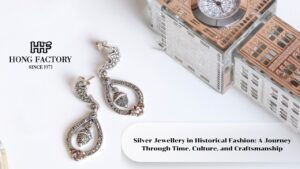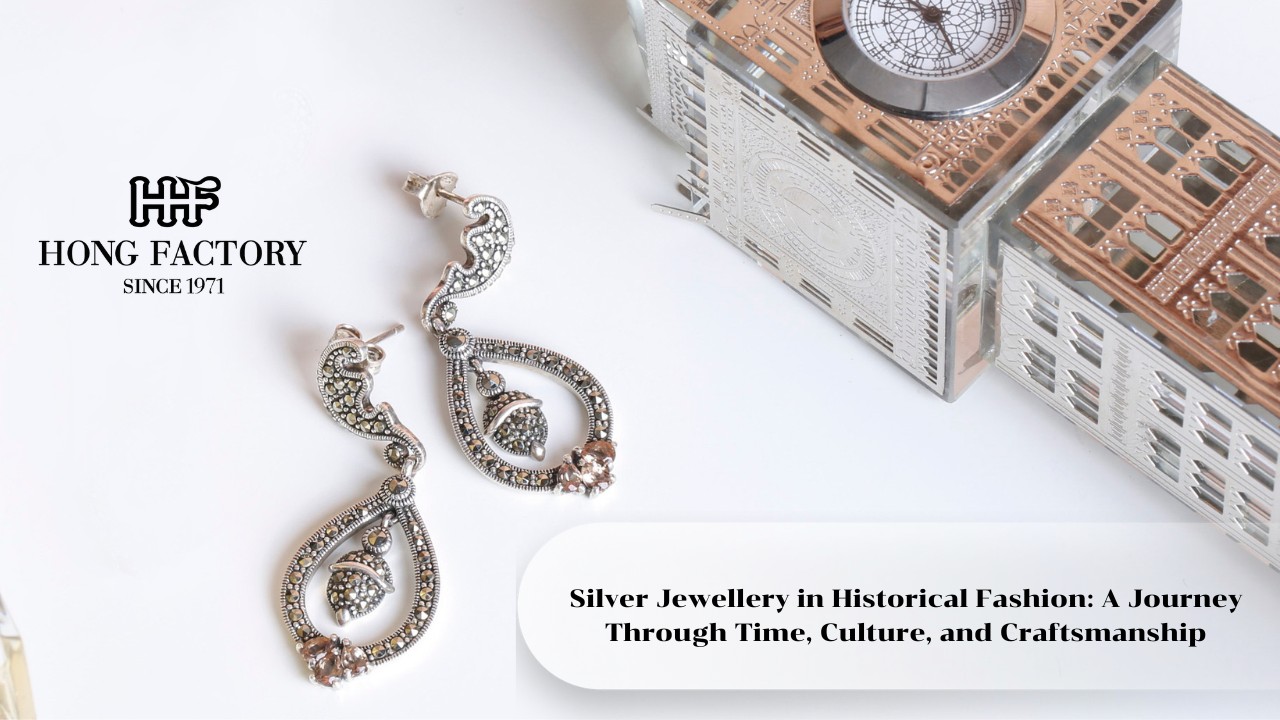
Silver jewellery has been cherished throughout history, reflecting beauty, culture, symbolism, and the evolution of human artistry. Across ancient civilizations, royal courts, traditional communities, and modern societies, jewellery silver has played a central role in personal adornment. This article explores silver’s journey through historical fashion, the meaning behind traditional silver designs, iconic eras that defined silver craftsmanship, and how these timeless influences continue to shape modern jewellery today. Is sterling silver real
Why Silver Has Always Been Historically Significant
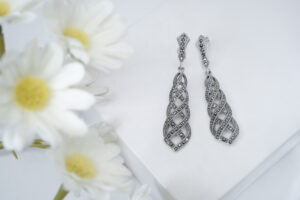
Silver has been adored for centuries due to its unique properties.
Reasons for its historical importance:
- Abundance compared to gold — affordable for more people
- Workability — easily shaped into intricate designs
- Durability — lasts across generations
- Symbolism — associated with purity, protection, and the moon
- Trade value — widely used as currency and wealth storage
Its combination of beauty and practicality made silver a preferred metal in many cultures.
Silver Jewellery in Ancient Civilizations
Civilizations across the world used silver in spiritual, social, and decorative ways.
1. Ancient Egypt
- Silver was considered more valuable than gold in early dynasties
- Used for amulets, beads, and royal ornaments
- Often paired with lapis lazuli, turquoise, and carnelian
2. Ancient Greece
- Known for hammered silver bracelets and filigree techniques
- Motifs included laurel leaves, snakes, and geometric shapes
3. Ancient Rome
- Silver used in rings, brooches, and household items
- Strong emphasis on symbolism in jewellery
4. Mesopotamia
- Early silver metallurgy
- Silver used in elaborate necklaces and ceremonial pieces
These civilizations laid the foundation for silver craftsmanship.
Silver Jewellery in Asian Historical Fashion
Asia has a rich heritage of silver artistry.
1. India
- Silver jewellery deeply tied to culture and spirituality
- Bridal silver, anklets, toe rings, and tribal pieces
- Symbol of protection and prosperity
2. China
- Silver used in dynastic headpieces and ritual ornaments
- Miao tribal silver: large necklaces, ornate crowns, symbolic pendants
3. Thailand
- Hill-tribe silver with handcrafted detail
- Patterns inspired by nature and spiritual beliefs
4. Japan
- Edo-period silver hairpins and accessories
- Minimalist yet refined craftsmanship
Silver remains a vibrant part of Asian cultural identity.
European Historical Silver Jewellery Styles
Europe’s jewellery evolution mirrors its social and artistic history.
1. Medieval Period
- Silver crosses and amulets
- Symbolic motifs for protection
2. Renaissance Era
- Detailed filigree and gemstone silver pieces
- Opulent designs worn by nobility
3. Victorian Era (1837–1901)
- Silver lockets and mourning jewellery
- Floral and romantic motifs
4. Art Nouveau (1890–1910)
- Flowing silver lines
- Nature-inspired aesthetics
5. Art Deco (1920–1935)
- Geometric silver designs
- Rise of marcasite silver
European historical styles heavily influence today’s vintage silver trends.
Tribal and Indigenous Silver Jewellery Traditions
Around the world, tribal communities crafted silver with deep cultural meaning.
Examples:
- Berber silver from North Africa — protective symbols, bold shapes
- Navajo and Hopi silver — turquoise-accented pieces, spiritual patterns
- Tuareg silver — carved symbols representing heritage and identity
- Central Asian silver — amulets, large earrings, traditional bridal sets
Tribal silver jewellery continues to inspire contemporary ethnic fashion.
Symbolism in Historical Silver Jewellery
Silver has carried symbolic meaning across cultures.
Common historical associations:
- Purity and protection
- Connection to the moon
- Spiritual harmony
- Wealth and power
- Status and social identity
These symbolic meanings still appear in modern design elements.
Historical Techniques Used in Silver Craftsmanship
Many traditional techniques continue to influence modern silver jewellery.
Techniques include:
- Filigree — delicate lace-like silver work
- Granulation — tiny beads fused to create patterns
- Repoussé — hammered designs raised from the backside
- Engraving — carved lines and decorative motifs
- Oxidation — darkening silver for contrast
These techniques highlight the artistry and skill of historical silversmiths.
Silver Jewellery in Royal and Aristocratic Fashion
Royal courts helped establish silver as a luxury material.
Royal uses of silver:
- Crowns and tiaras
- Ceremonial jewellery
- Court accessories and ornaments
- Silver-encrusted clothing embellishments
Silver became a marker of prestige despite being more accessible than gold.
Influence of Historical Silver on Modern Jewellery
Modern silver trends are deeply inspired by history.
Current trends influenced by the past:
- Art Deco geometric designs
- Vintage marcasite revival
- Minimalist Japanese-inspired silver
- Tribal and ethnic silver accessories
- Victorian-inspired lockets
Designers reinterpret historical motifs into contemporary wear.
Collecting Historical and Antique Silver Jewellery
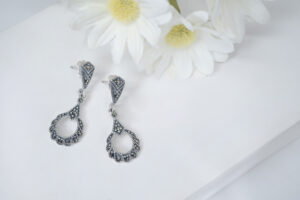
Collectors value antique silver for craftsmanship and rarity.
Tips for collectors:
- Look for hallmarks and maker’s marks
- Study regional design differences
- Preserve patina on older pieces
- Buy from reputable antique dealers
Antique silver pieces can appreciate in value over time.
How to Style Historical Silver Jewellery Today
Vintage and historical silver can be worn with modern outfits.
Styling ideas:
- Victorian locket + white blouse
- Tribal silver rings + denim
- Art Deco earrings + black dress
- Renaissance-style silver + boho outfits
Blending old and new creates timeless style.
Restoring and Preserving Historical Silver Pieces
Proper care ensures silver lasts generations.
Preservation tips:
- Avoid harsh chemical cleaners
- Store in anti-tarnish cloth
- Clean gently with microfiber cloths
- Consult professionals for antique restoration
Restoration keeps history alive.
Why Historical Silver Jewellery Remains Relevant
Even after thousands of years, silver continues to inspire.
Reasons for its continued popularity:
- Timeless beauty
- Cultural significance
- Durability
- Versatility
- Artistic depth
Silver connects modern fashion with ancient tradition.
Final Thoughts
Silver jewellery has travelled through centuries, carrying the stories, artistry, and identity of countless civilizations. From ancient empires and tribal cultures to royal courts and modern design houses, jewellery silver remains a bridge between the past and present. Its historical significance, symbolic meaning, and enduring beauty make it one of the most treasured metals in human fashion history.
Silver isn’t just a material—it is a living legacy of global culture, preserved in every piece of jewellery we wear today.
